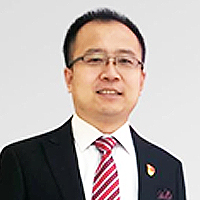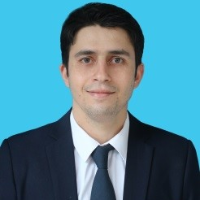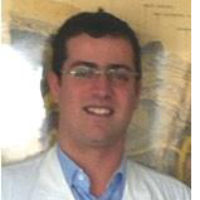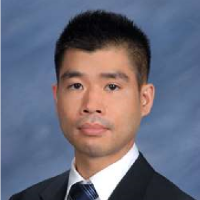Open Access Policy refers to a set of principles and guidelines aimed at providing unrestricted access to scholarly research and literature. It promotes the free availability and unrestricted use of research outputs, enabling researchers, students, and the general public to access, read, download, and distribute scholarly articles without financial or legal barriers. In this response, I will provide you with an overview of the history and latest resolutions related to Open Access Policy.
About
Neurology is the specialized medical field dedicated to the study, diagnosis, and treatment of disorders affecting the nervous system. Neurologists are experts in understanding the intricate functions of the brain, spinal cord, and peripheral nerves. Their expertise spans from diagnosing common neurological conditions to addressing complex disorders such as stroke, epilepsy, and neurodegenerative diseases.
The study of neurology involves delving into the complex structure and functioning of the nervous system, as well as the effects of neurological disorders on cognition, movement, and sensory perception. Neurologists employ advanced imaging techniques, diagnostic tools, and innovative treatments to provide insights into neurological conditions. By enhancing our understanding of the brain and nervous system, neurology plays a pivotal role in improving patients' neurological health and overall quality of life.
Editors
Medicine Group (7)
Open Access Policy refers to a set of principles and guidelines aimed at providing unrestricted access to scholarly research and literature. It promotes the free availability and unrestricted use of research outputs, enabling researchers, students, and the general public to access, read, download, and distribute scholarly articles without financial or legal barriers. In this response, I will provide you with an overview of the history and latest resolutions related to Open Access Policy.
Open Access Policy refers to a set of principles and guidelines aimed at providing unrestricted access to scholarly research and literature. It promotes the free availability and unrestricted use of research outputs, enabling researchers, students, and the general public to access, read, download, and distribute scholarly articles without financial or legal barriers. In this response, I will provide you with an overview of the history and latest resolutions related to Open Access Policy.
Open Access Policy refers to a set of principles and guidelines aimed at providing unrestricted access to scholarly research and literature. It promotes the free availability and unrestricted use of research outputs, enabling researchers, students, and the general public to access, read, download, and distribute scholarly articles without financial or legal barriers. In this response, I will provide you with an overview of the history and latest resolutions related to Open Access Policy.
Open Access Policy refers to a set of principles and guidelines aimed at providing unrestricted access to scholarly research and literature. It promotes the free availability and unrestricted use of research outputs, enabling researchers, students, and the general public to access, read, download, and distribute scholarly articles without financial or legal barriers. In this response, I will provide you with an overview of the history and latest resolutions related to Open Access Policy.
Open Access Policy refers to a set of principles and guidelines aimed at providing unrestricted access to scholarly research and literature. It promotes the free availability and unrestricted use of research outputs, enabling researchers, students, and the general public to access, read, download, and distribute scholarly articles without financial or legal barriers. In this response, I will provide you with an overview of the history and latest resolutions related to Open Access Policy.
Open Access Policy refers to a set of principles and guidelines aimed at providing unrestricted access to scholarly research and literature. It promotes the free availability and unrestricted use of research outputs, enabling researchers, students, and the general public to access, read, download, and distribute scholarly articles without financial or legal barriers. In this response, I will provide you with an overview of the history and latest resolutions related to Open Access Policy.
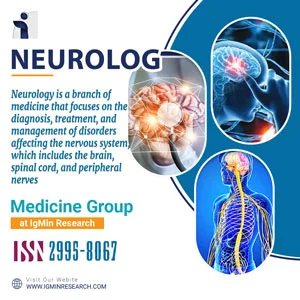
Why publish with us?
Global Visibility – Indexed in major databases
Fast Peer Review – Decision within 14–21 days
Open Access – Maximize readership and citation
Multidisciplinary Scope – Biology, Medicine and Engineering
Editorial Board Excellence – Global experts involved
University Library Indexing – Via OCLC
Permanent Archiving – CrossRef DOI
APC – Affordable APCs with discounts
Citation – High Citation Potential
Which articles are now trending?
Research Articles
- Knowledge Discovery on Artificial Intelligence and Physical Therapy: Document Mining Analysis
- Enhancing Missing Values Imputation through Transformer-Based Predictive Modeling
- Microgravity Employment in Archaeology – Available Experience and Future Perspectives
- Ammonia: A Trend of Dry Deposition in Vietnam
- The Influence of Low Pesticide Doses on Fusarium Molds
- Homologous Series of Chemical Compounds in Three-component Systems (Aa+ – Bb+ – Cc–) and (Zn2+ - Ge4+ - P3-) in Generalized Form
Advertisement




